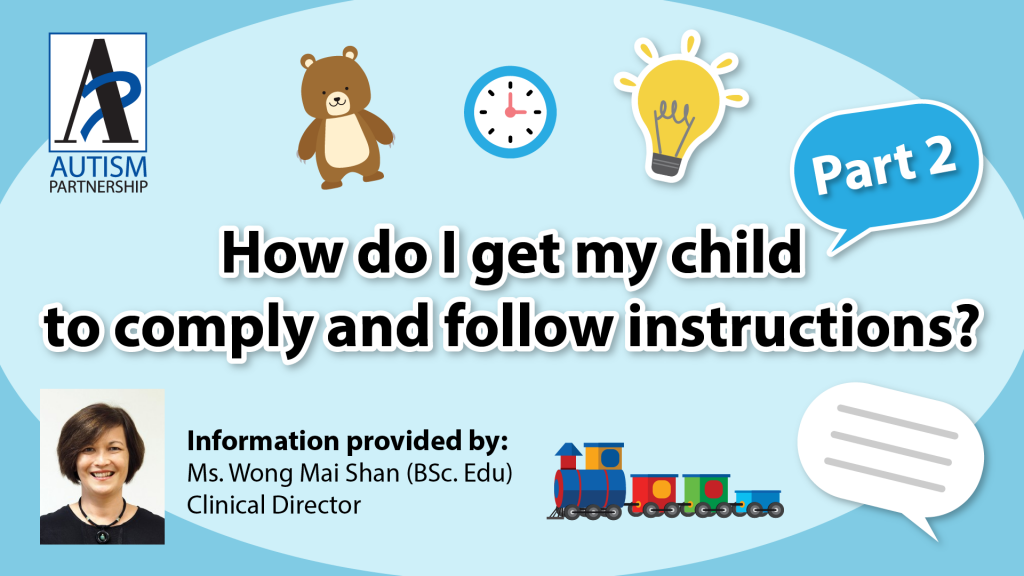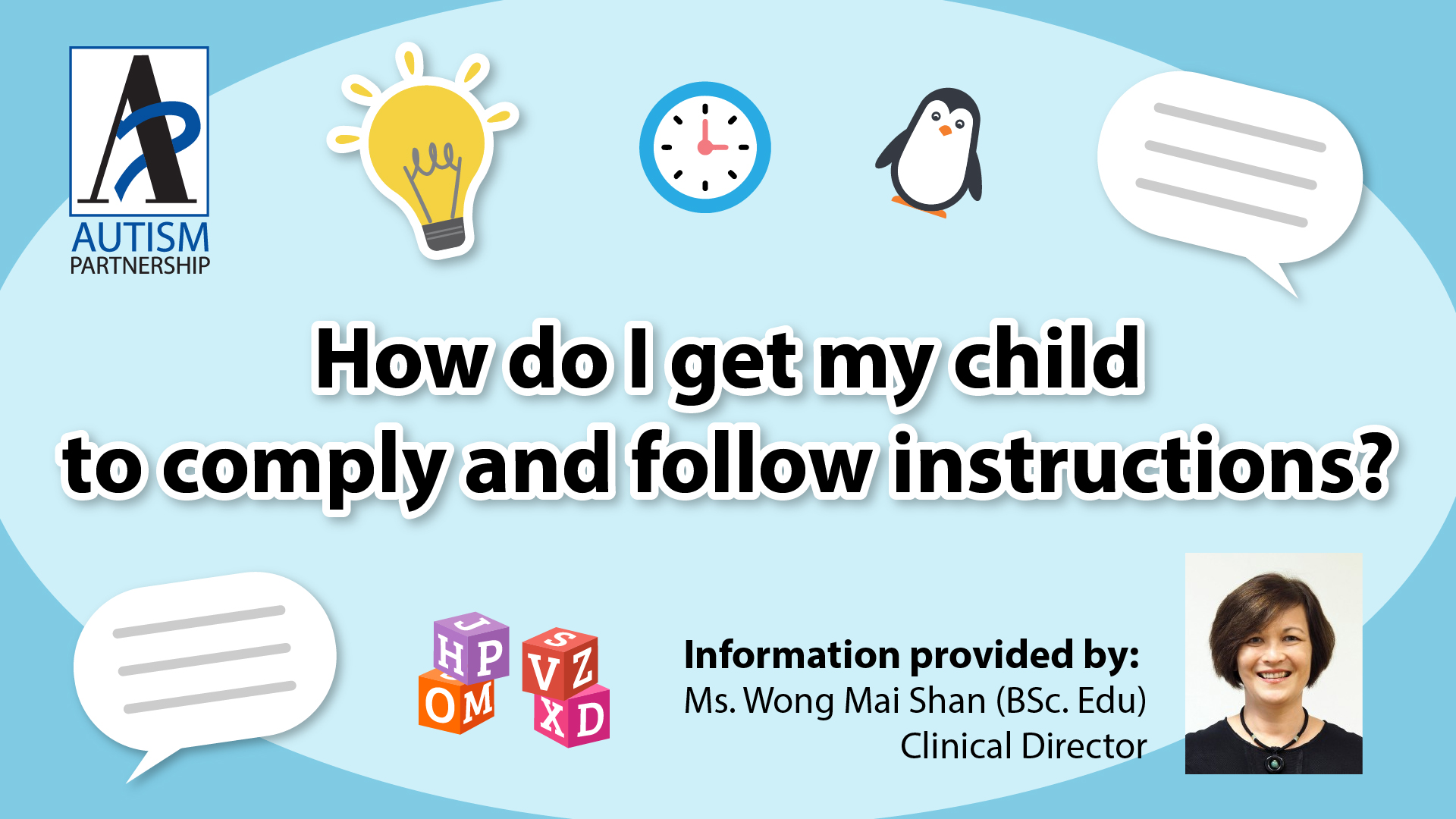Behavior Management & Compliance:
We believe that every child has the potential to learn, this is the same for children with autism. However, many children with autism are unable to begin their learning journey because of their lack of compliance, which is also known as non-compliance. Child non-compliance can be exhibited by either the child passively (e.g. by ignoring what has been instructed) or actively (e.g. by whining and crying, becoming violent, or harming himself/herself). It may be useful to know that non-compliance can be intentional, but it can also be due to a lack of understanding or motivation.
Our Clinical Director, Ms. Wong Mai Shan, has provided a step-by-step guide on how to increase compliance in Part 1 of this article, so here are some tips and considerations you should take in order to help your child with non-compliance as a parent, caregiver, or teacher.
Tips & Considerations:
How do I get my child to comply and follow instructions?
Tip 1: Following through
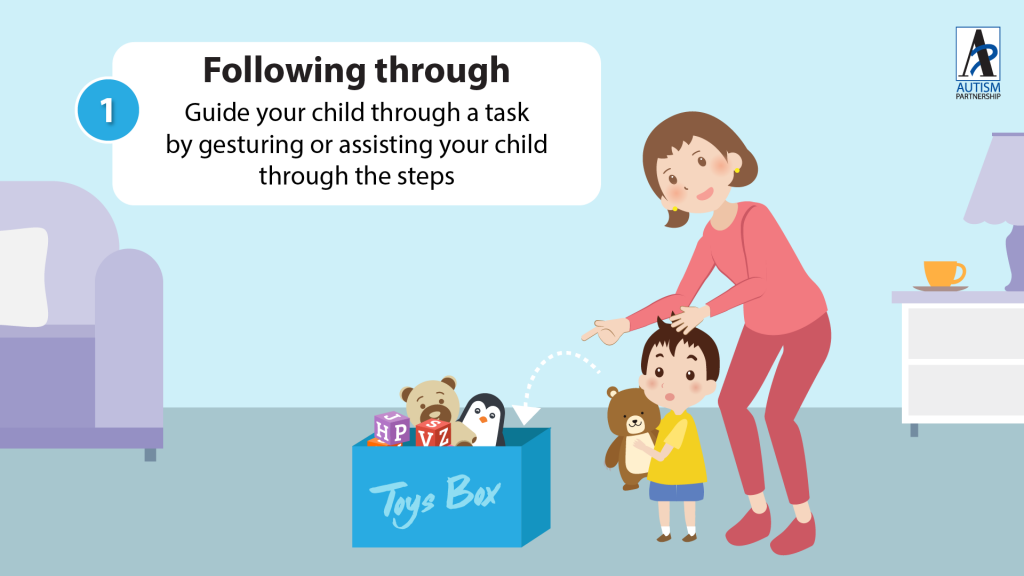
Do provide instructions for tasks that you feel comfortable following through with, because following through may require you to assist your child with the task, for example, if you asked your child to keep the toys, but he or she did not, you can physically prompt the child to keep the toys. You must follow through or your child may learn that it is okay to not listen or comply.
Tip 2: Provide your child with positive choices or forced positive choices (when necessary)
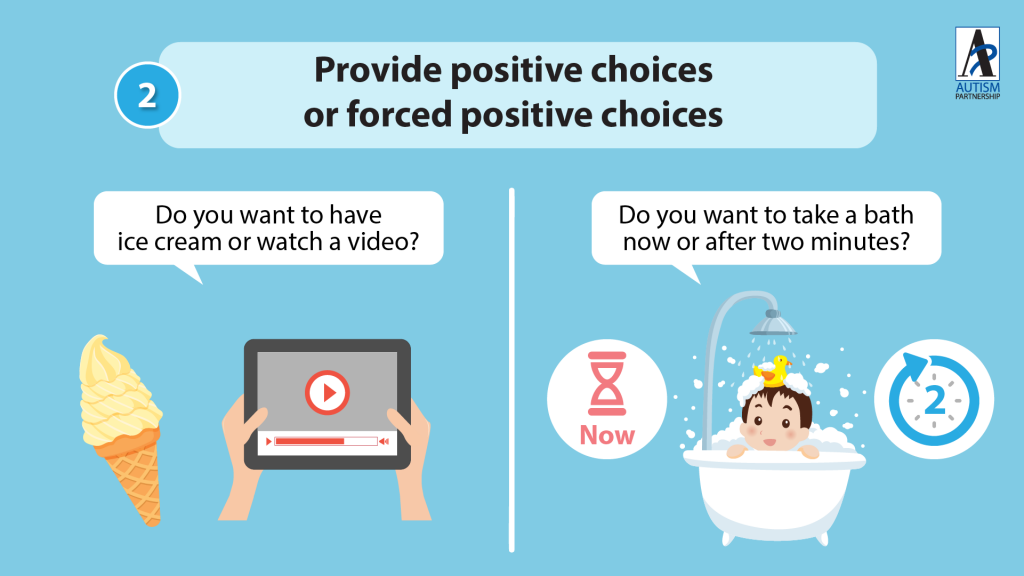
This can be a consideration if your child exhibits lots of controlling behaviour. Provide your child with positive choices (e.g. “Do you want an ice cream or would you like to watch a video?”). Provide forced choices when necessary (e.g. “Would you like a bath now or in two minutes?”).
Tip 3: Start with an easy and motivating task which your child likes/prefers before exploring less desirable tasks
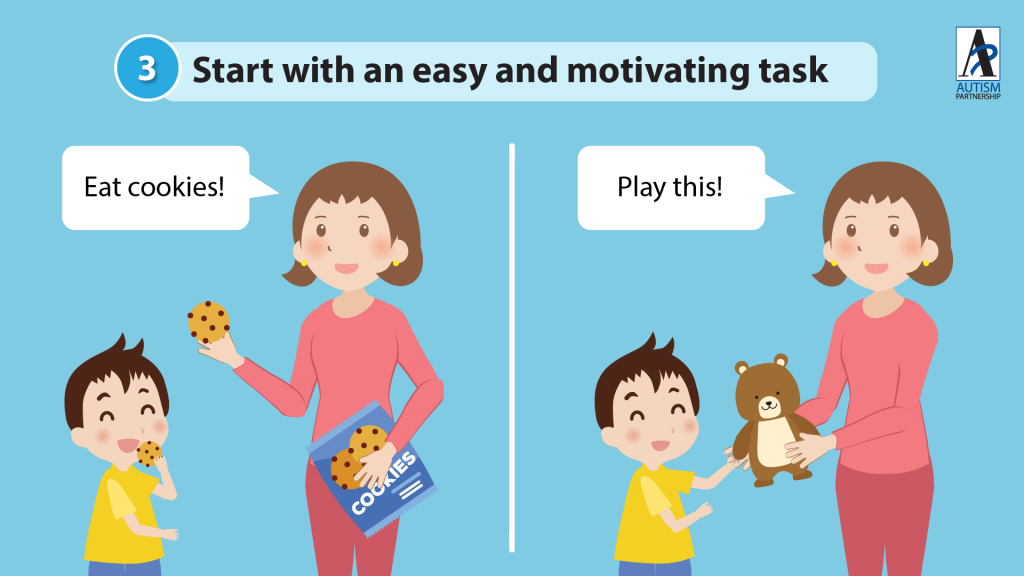
Begin by getting your child to do something easy and motivating. A good example would be asking them to eat his/her favorite snacks or play with their favorite toys. By doing that, you will have a chance to praise and reward your child when they follow your instructions. Gradually, the instructions will become less desirable while maintaining the praise and rewards for compliance.
Tip 4: Carry out non-preferred tasks in between easy, fun and preferred tasks to facilitate compliance
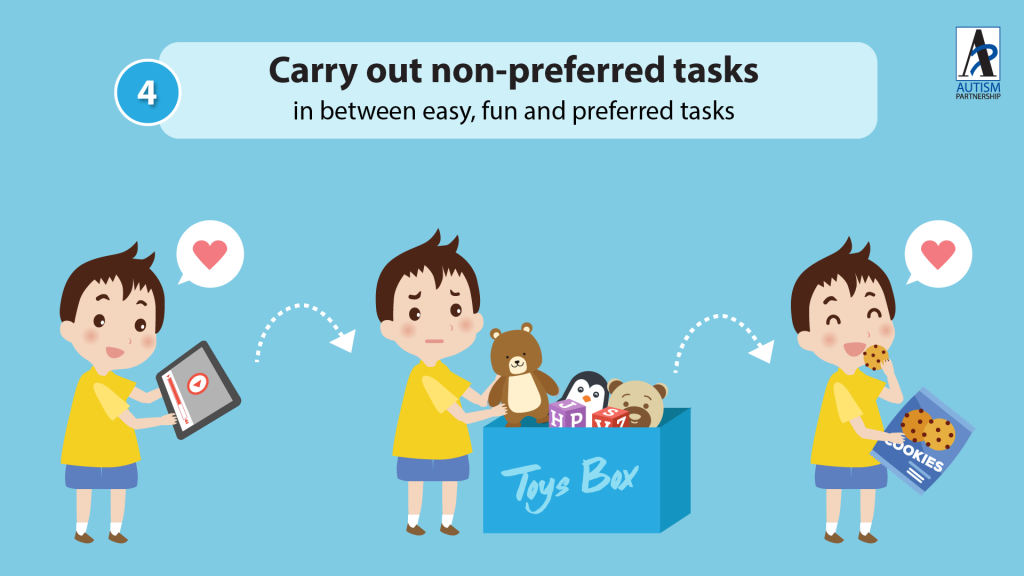
It is easier to promote compliance if you sandwich non-preferred tasks with easy, enjoyable tasks. This will help to facilitate and increase compliance.
Tip 5: Be consistent with your expectations and provide consistent consequences
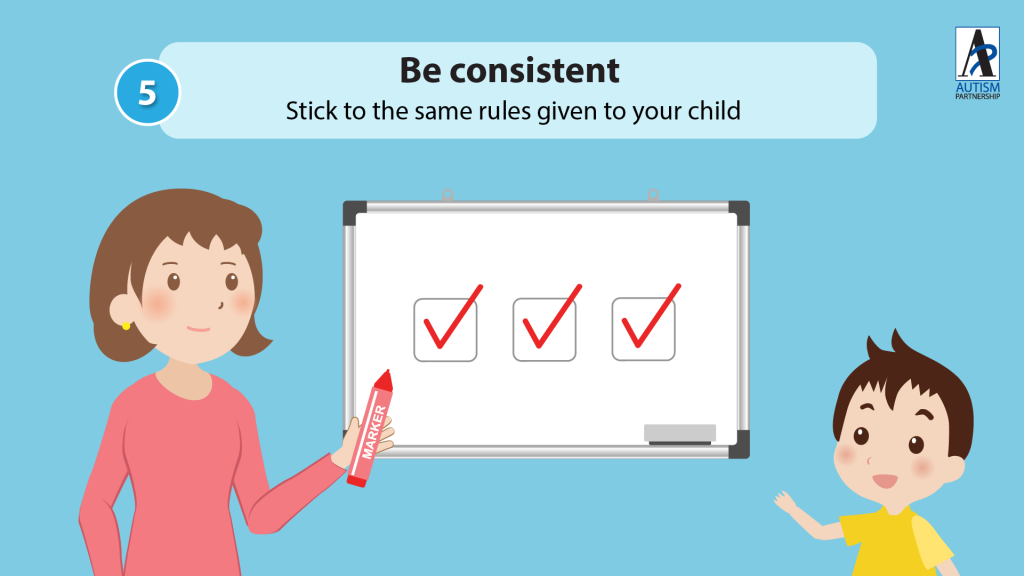
Consistency is key. Make sure you stick to the same rules and follow through with them. Don't change the rules as it may confusing or upset your child.
Tip 6: Give in early
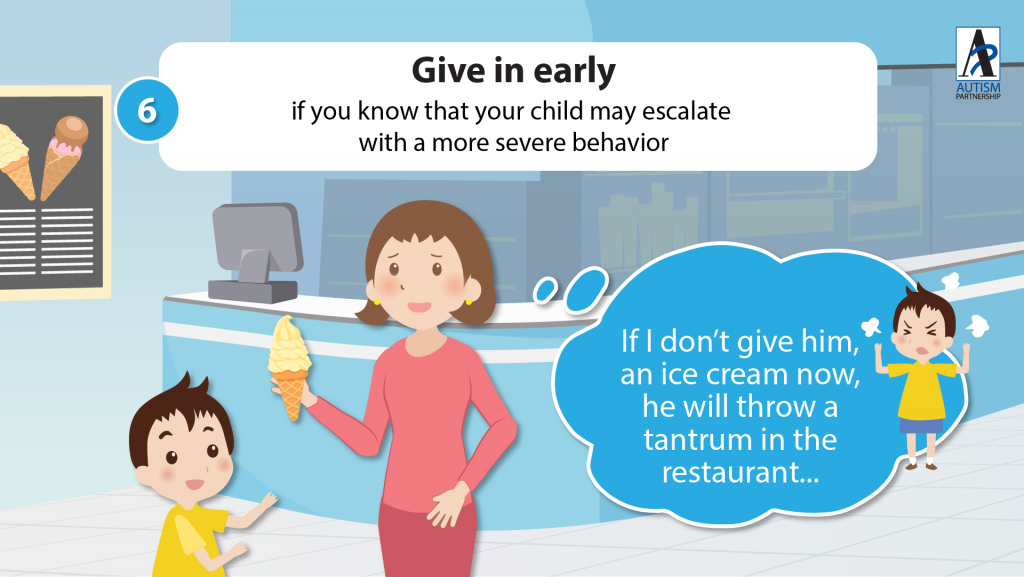
In some cases, it's better to just give in, especially if you're aware that your child is likely to escalate with more severe behavior as tantrums. It is also advisable to give in earlier if you can't follow through with rules given due to unexpected circumstances. Let's say your child requests an ice-cream at a busy shopping mall and you know he will throw a tantrum if you deny his request, so you give him the ice-cream when he first requests it.
Tip 7: Always remember to praise and reward your child for their good behavior
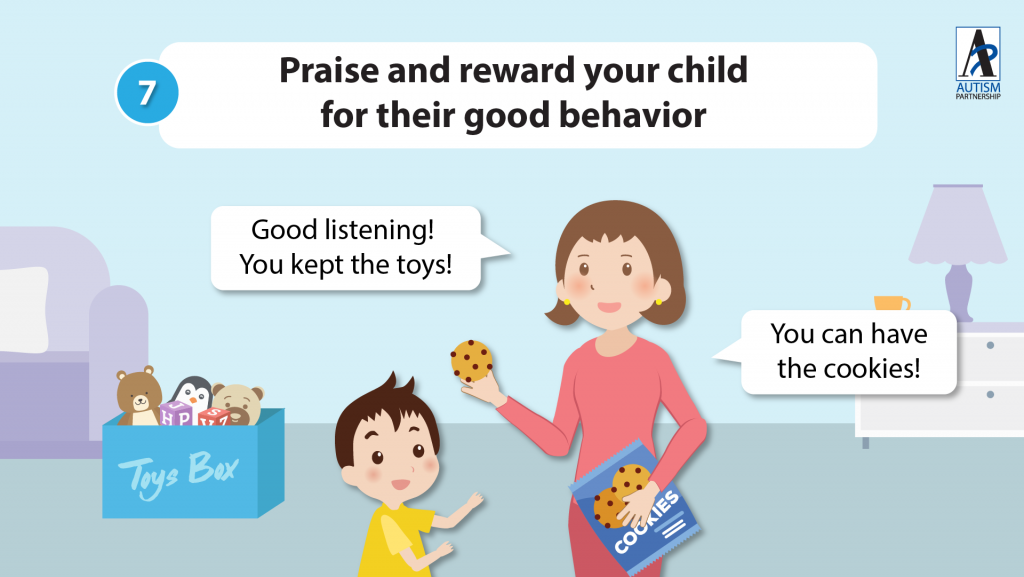
Reward your child whenever he or she follows instructions. Often parents stay focused on their children while misbehaving but forget to reward them when they are behaving well. It is important to always remember to praise your child for their good behavior!
Tip 8: Stay calm when your child is not complying to avoid deliberate noncompliance that usually elicits a reaction
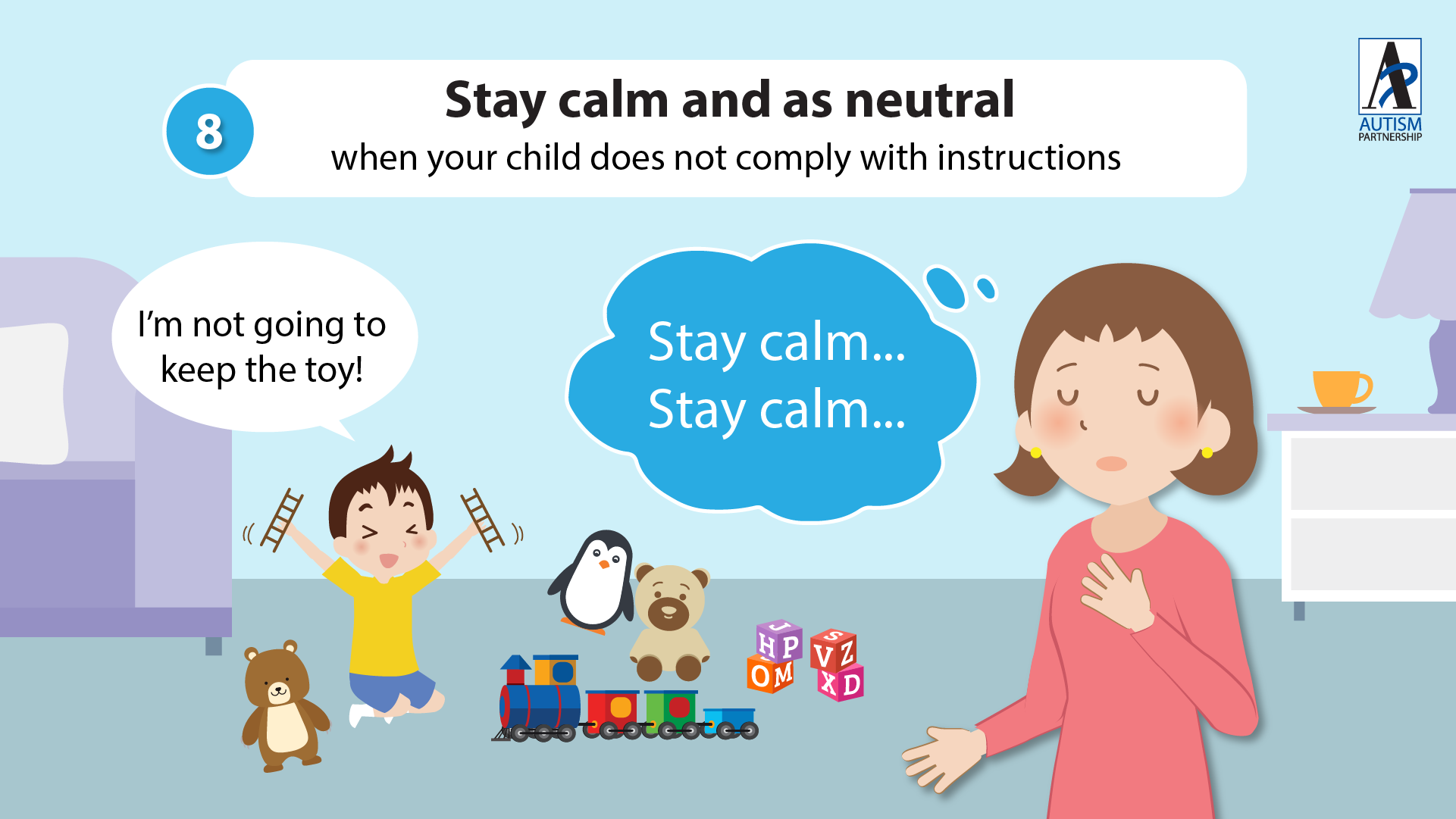
When your child does not comply with instructions, you should remain calm and as neutral as possible. Sometimes, children show noncompliance deliberately to elicit a reaction from you. Staying neutral can discourage deliberate non-compliance. Also, getting angry may result in a more chaotic situation and may sometimes, make the situation even worse.
Consider the tips given in the guide, and make sure to have a look at the step-by-step guide in Part 1 of “How do I get my child to comply and follow instructions?” With this comprehensive guide, you will set yourself up for success when you try to get your child to follow your instructions and listen to you.

